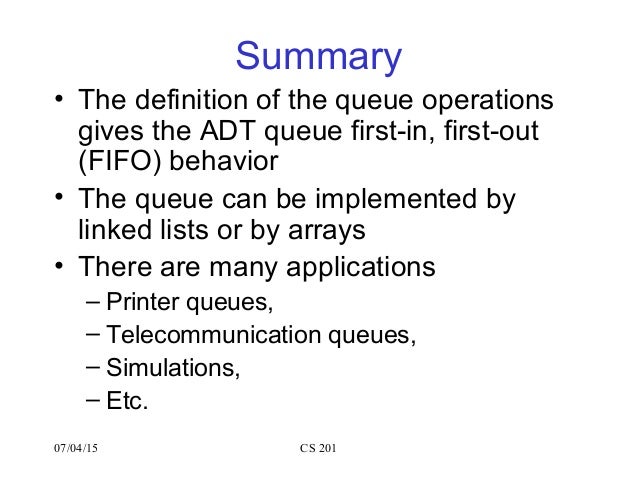
#Release queue meaning how to
In this article, you'll learn how to process jobs asynchronously using queues and workers in Laravel.

Has a website ever made you wait on a loading screen while it sent a verification email to you? Probably not, because most web applications, at least the good ones, perform long-running tasks asynchronously in the background, which is what Laravel Queues allows you to do. However, some tasks take time, such as sending an automated email or creating a detailed report by analyzing thousands of data points. Web applications and software are generally satisfactory when they are fast.

Ruby (180) Honeybadger (80) Rails (56) JavaScript (51) PHP (40) Python (28) Laravel (26) Briefing (13) Go (11) DevOps (10) Django (9) Elixir (8) Aws (8) Briefing 2021 Q3 (7) FounderQuest (6) Briefing 2021 Q2 (6) Node (6) React (6) Conferences (5) Testing (5) Error Handling (5) Security (4) Developer Tools (4) Elastic Beanstalk (4) Heroku (3) Debugging (3) Docker (3) Markdown (3) Serverless (3) Events (2) Jekyll (2) Startup Advice (2) Guest Post (2) Sidekiq (2) Git (2) Front End (2) Rspec (2) Oauth (2) Logging (2) GraphQL (2) Flask (2) Sql (2) Websockets (2) Nextjs (2) Case Studies (1) Performance (1) Allocation Stats (1) Integrations (1) Bitbucket (1) Mobile (1) Gophercon (1) Clients (1) Vue (1) Lambda (1) Turbolinks (1) Redis (1) CircleCI (1) GitHub (1) Crystal (1) Stripe (1) Saas (1) Elasticsearch (1) Import Maps (1) Build Systems (1) Minitest (1) Guzzle (1) Tdd (1) I18n (1) Github Actions (1) Postgresql (1) Xdebug (1) Zend Debugger (1) Phpdbg (1) Pdf (1) Multithreading (1) Concurrency (1) Web Workers (1) Fargate (1) Active Record (1) Django Q (1) Celery (1) Amazon S3 (1) Aws Lambda (1) Amazon Textract (1) Sucrase (1) Babel (1) Pdfs (1) Hanami (1) Discord (1) Active Support (1) Blazer (1) Ubuntu (1) DynamoDB (1)


 0 kommentar(er)
0 kommentar(er)
